Synopsis
Dr Helen Czerski looks at the latest scientific insight into the aurora - dancing lights in the night sky that have fascinated cultures throughout our history.
- Programme: Dangerous Earth
- Episode: 4: Aurora
- Channel: BBC Four
- Broadcast year: 2016
- Geography
Licence: ERA Licence required
UK only
Staff and students of licensed education establishments only
Cannot be adapted
Add Notes
More clips from Dangerous Earth
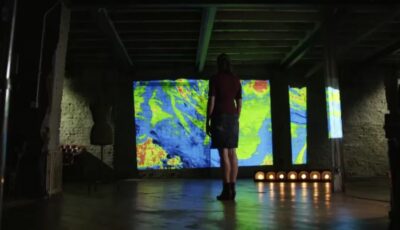
1: Avalanche | Dangerous Earth
1: Avalanche | Dangerous Earth
Dr Helen Czerski looks at the anatomy of an avalanche. From shocking eyewitness footage from within an avalanche to detailed CT scans showing ...

2: Volcano | Dangerous Earth
2: Volcano | Dangerous Earth
Dr Helen Czerski looks at volcanoes. With shocking eyewitness footage of eruptions, and new thermal imagery and ultra high-speed photography, we...

3: Lightning | Dangerous Earth
3: Lightning | Dangerous Earth
Dr Helen Czerski examines the hottest natural phenomenon on the planet - lightning. High-speed cameras show the secrets of upward lightning th...

5: Tornado | Dangerous Earth
5: Tornado | Dangerous Earth
Dr Helen Czerski peers into the heart of the storm to find out how advances in technology are giving new insight into tornadoes - the fastest wi...

6: Iceberg | Dangerous Earth
6: Iceberg | Dangerous Earth
The latest scientific insights into icebergs, from side-scanning sonar scrutinising the edge of glaciers to pictures that give us a unique glimp...
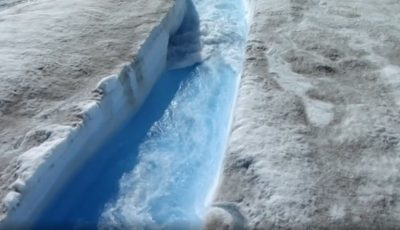
Climate change | Dangerous Earth
Climate change | Dangerous Earth
Dr Helen Czerski explains the impact that climate change is having on ice melting and sea levels rising.
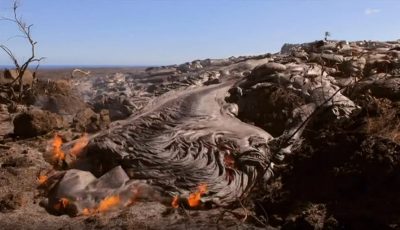
Effusive and Explosive eruptions | Dangerous Earth
Effusive and Explosive eruptions | Dangerous Earth
Dr Helen Czerski demonstrates the differences between effusive and explosive eruptions.
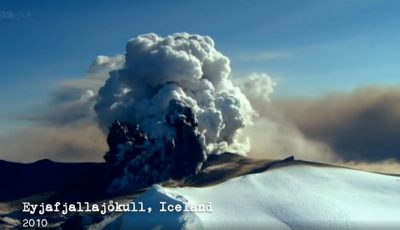
Eyjafjallajökull ash | Dangerous Earth
Eyjafjallajökull ash | Dangerous Earth

Faraday cage | Dangerous Earth
Faraday cage | Dangerous Earth
Dr Helen Czerski explains how planes are protected from lightning.
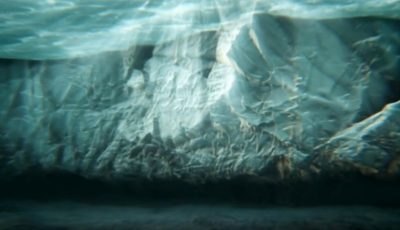
Glacier submarine melting | Dangerous Earth
Glacier submarine melting | Dangerous Earth
How glacier submarine melting is causing more icebergs to separate.

Iceberg B-31 | Dangerous Earth
Iceberg B-31 | Dangerous Earth
Dr Helen Czerski explores how Iceberg B-31 separated from the Pine Island Glacier.
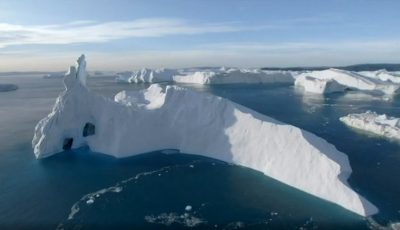
Iceberg colour and shape | Dangerous Earth
Iceberg colour and shape | Dangerous Earth
Dr Helen Czerski explains why icebergs are white.
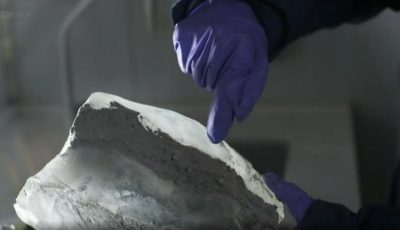
Iceberg sediment | Dangerous Earth
Iceberg sediment | Dangerous Earth
Dr Helen Czerski discusses the important properties of the sediment contained in icebergs.
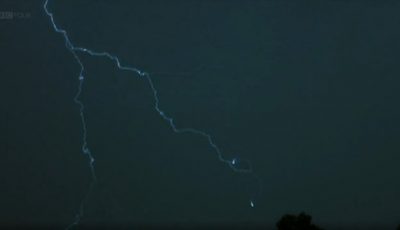
Lightning slowed down | Dangerous Earth
Lightning slowed down | Dangerous Earth
Meteorologist Tom Warner films lightning at up to 100,000 frames per second.

Microburst | Dangerous Earth
Microburst | Dangerous Earth
Dr Helen Czerski explains the final stage in the creation of a tornado.

Mount Nyiragongo lava | Dangerous Earth
Mount Nyiragongo lava | Dangerous Earth
Dr Helen Czerski investigates the distinctive qualities of the lava from Mount Nyiragongo.

Phreatic eruption - Mount Ontake | Dangerous Earth
Phreatic eruption - Mount Ontake | Dangerous Earth
Dr Helen Czerski examines the 2014 phreatic eruption of Mount Ontake, Japan and why it was hard to predict.
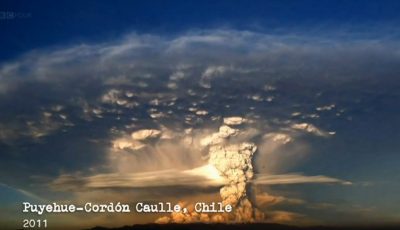
Rhyolite eruption - Puyehue-Cordón Caulle | Dangerous Earth
Rhyolite eruption - Puyehue-Cordón Caulle | Dangerous Earth
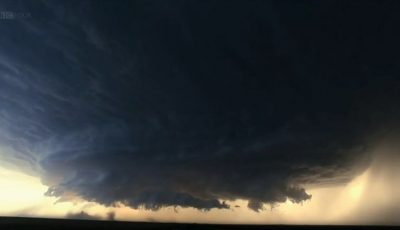
Supercell | Dangerous Earth
Supercell | Dangerous Earth
Dr Helen Czerski discusses the particular weather conditions that produce a supercell thunderstorm.
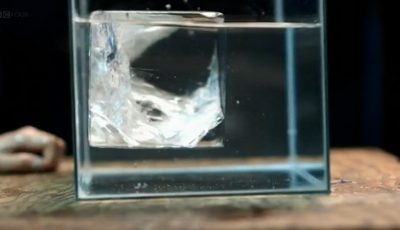
The threat of icebergs | Dangerous Earth
The threat of icebergs | Dangerous Earth
Dr Helen Czerski explains how icebergs float and what makes them so dangerous.
More resources about Space Physics

5: The Big Bang: Before the Dawn | Universe
5: The Big Bang: Before the Dawn | Universe
It's the ultimate question: why are we here? Brian Cox explores how cutting-edge space missions take us back 13.8 billion years t...

Evidence of the Big Bang | James May's Things You Need to Know
Evidence of the Big Bang | James May's Things You Need to Know
James May explores the clues left in outer space that are proof of the Big Bang's occurrence.
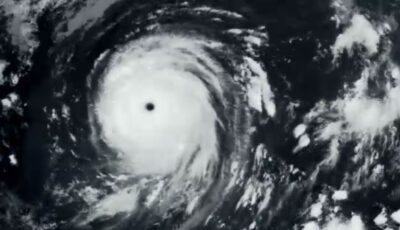
How hurricanes are formed by Earth's rotation | Learning Zone
How hurricanes are formed by Earth's rotation | Learning Zone
Physicist Helen Czerski explains that hurricanes happen because the earth is rotating. She shows how, because t...

Orbit: Earth's Extraordinary Journey
Orbit: Earth's Extraordinary Journey
Kate Humble and Dr Helen Czerski follow the Earth's voyage around the sun for one complete orbit, travelling first from July to the Dece...
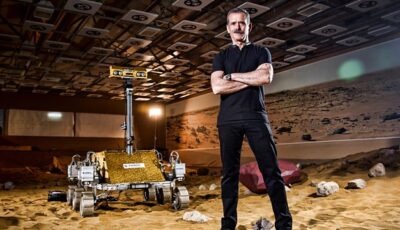
Episode 2 | Astronauts: Do You Have What It Takes?
Episode 2 | Astronauts: Do You Have What It Takes?
The remaining astronaut candidates are put through more demanding tests. They have to escape from an underwater capsule an...

02: Out of Sight | Richard Hammond's Invisible Worlds
02: Out of Sight | Richard Hammond's Invisible Worlds
Richard Hammond uses groundbreaking imaging technology to take the viewer on a journey of discovery beyond the visible ...

2: In the Beginning | Stephen Hawking's Universe
2: In the Beginning | Stephen Hawking's Universe
Professor Stephen Hawking looks at the mystery of how the Universe. He introduces the Big Bang theory and the scientists who...
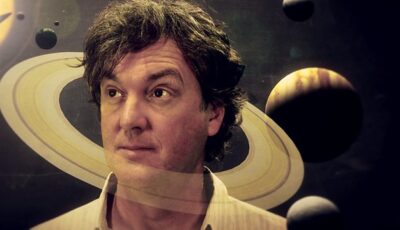
S1E2:...about the Universe | James May's Things You Need to Know
S1E2:...about the Universe | James May's Things You Need to Know
James May takes a journey of discovery across the universe, asking where it all began, how stars work, and w...
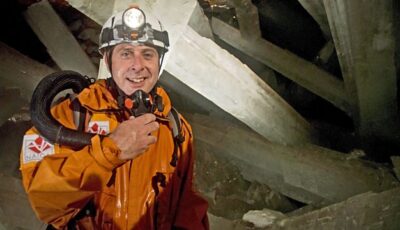
1: Deep Earth | How Earth Made Us
1: Deep Earth | How Earth Made Us
Series telling the story of how the development of civilisation was influenced by planetary forces. Professor Iain Stewart explores the rol...

1: Empire of the Sun | Wonders of the Solar System
1: Empire of the Sun | Wonders of the Solar System
Professor Brian Cox describes how the laws of nature have carved natural wonders across the solar system. He explores the ...

2: Stardust | Wonders of the Universe
2: Stardust | Wonders of the Universe
Professor Brian Cox explores the laws of the universe. In this episode, he seeks to answer the biggest questions of all - what are we a...

2: The Two Sisters - Earth and Mars | The Planets
2: The Two Sisters - Earth and Mars | The Planets
Professor Brian Cox continues his tour of the solar system revealing that it was once home to not one, but two blue planets.

Episode 1 | Astronauts: Do You Have What It Takes?
Episode 1 | Astronauts: Do You Have What It Takes?
Chris Hadfield, Dr Kevin Fong and Dr Iya Whiteley put 12 candidates through a series of physical and psychological tests t...

Episode 3 | Astronauts: Do You Have What It Takes?
Episode 3 | Astronauts: Do You Have What It Takes?
Old fears surface when the remaining candidates face some space agency swim tests. Their teamwork and mental agility are s...
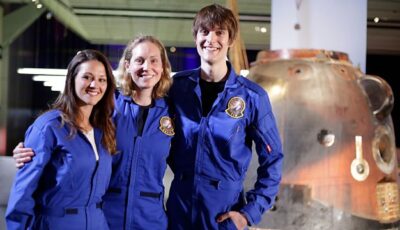
Episode 6 | Astronauts: Do You Have What It Takes?
Episode 6 | Astronauts: Do You Have What It Takes?
The finalists head to the Shuttle Landing Facility on Florida's Space Coast for a tough test in weightlessness, and back i...
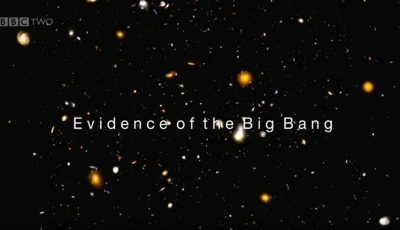
Evidence of the Big Bang | Wonders of the Universe
Evidence of the Big Bang | Wonders of the Universe
Brian Cox simply explains how light and colour are crucial evidence for the Big Bang.

Orbit: Earth's Extraordinary Journey | Learning Zone
Orbit: Earth's Extraordinary Journey | Learning Zone
Kate Humble and Dr Helen Czerski follow the Earth's voyage around the sun for one complete orbit, to witness the astonis...

The death of a star | James May's Things You Need to Know
The death of a star | James May's Things You Need to Know
James May explains how as a star dies, it gets brighter, hotter and smaller.

1: A Moment in the Sun - The Terrestrial Planets | The Planets
1: A Moment in the Sun - The Terrestrial Planets | The Planets
The rocky planets Mercury, Venus, Earth, and Mars were born at the same time from the same material - yet have...

1: Seeing is Believing | Stephen Hawking's Universe
1: Seeing is Believing | Stephen Hawking's Universe
Professor Stephen Hawking explains the history of mankind's quest to explain the Universe. He shows how advances in techn...
More from Helen Czerski
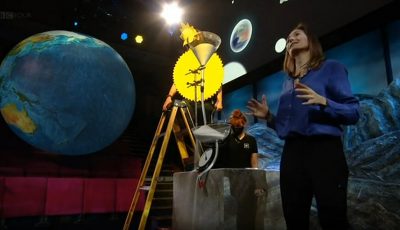
Energy and climate change | Royal Institution Christmas Lectures
Energy and climate change | Royal Institution Christmas Lectures
Dr Helen Czerski demonstrates how climate change is impacting the ocean.
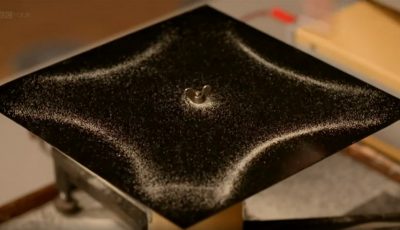
Chladni experiment | Sound Waves: The Symphony of Physics
Chladni experiment | Sound Waves: The Symphony of Physics
Dr Helen Czerski investigates the science behind the sounds and how Chladni used sand to see the shape of sound vib...

Rhyolite eruption - Puyehue-Cordón Caulle | Dangerous Earth
Rhyolite eruption - Puyehue-Cordón Caulle | Dangerous Earth

How hurricanes are formed by Earth's rotation | Learning Zone
How hurricanes are formed by Earth's rotation | Learning Zone
Physicist Helen Czerski explains that hurricanes happen because the earth is rotating. She shows how, because t...

Orbit: Earth's Extraordinary Journey
Orbit: Earth's Extraordinary Journey
Kate Humble and Dr Helen Czerski follow the Earth's voyage around the sun for one complete orbit, travelling first from July to the Dece...
